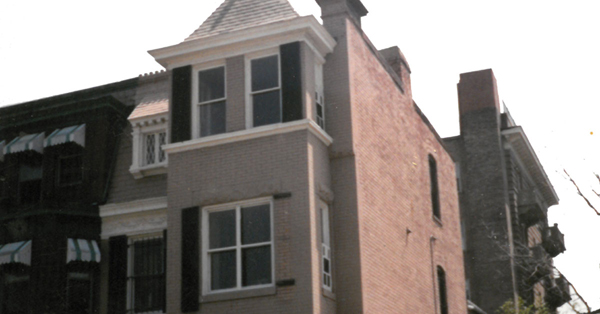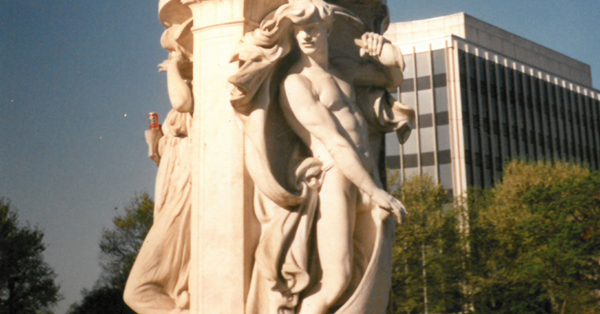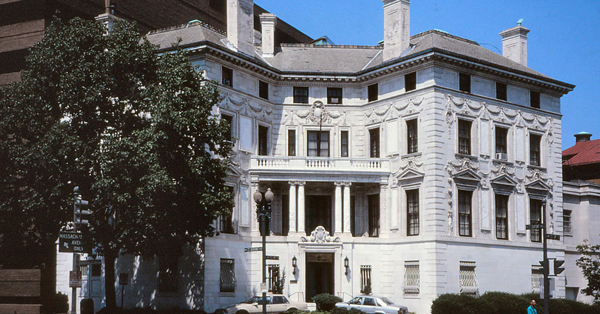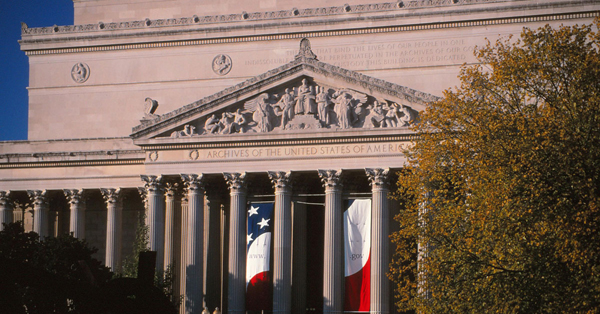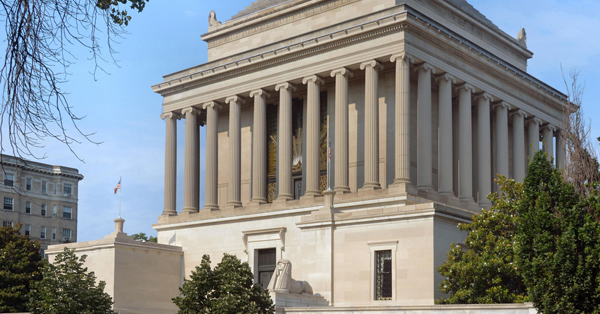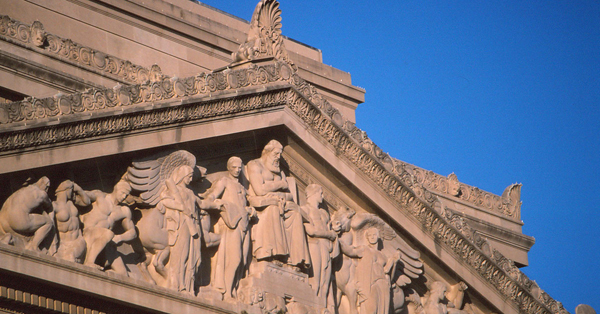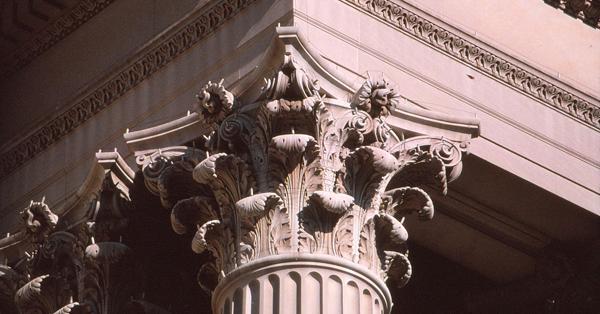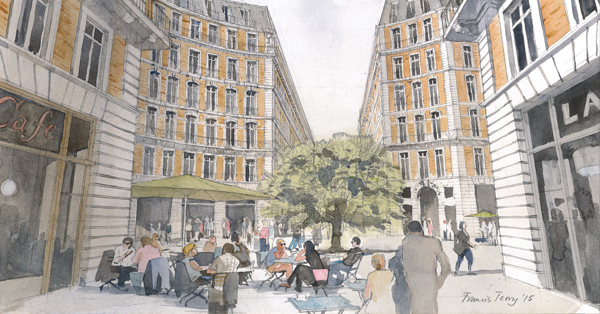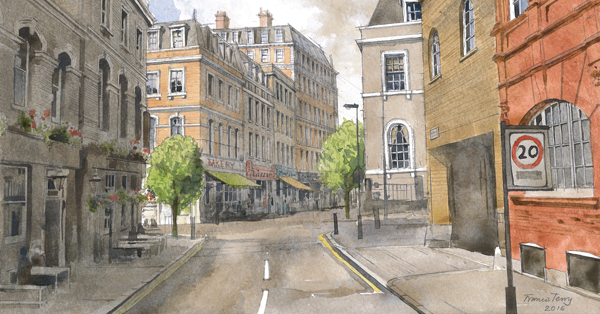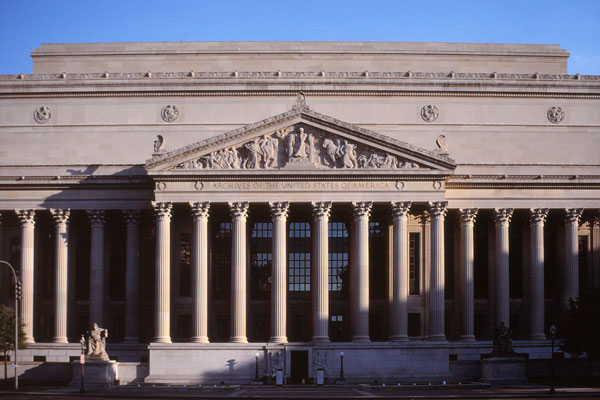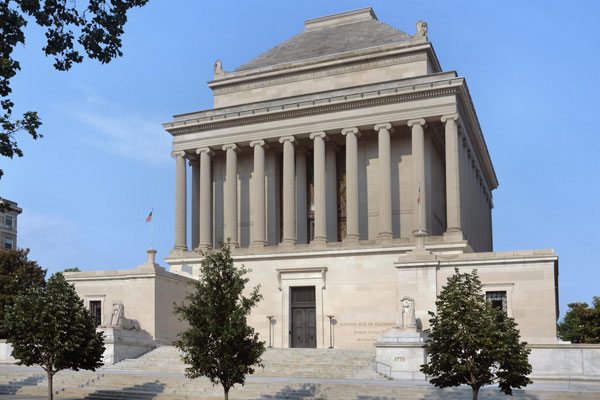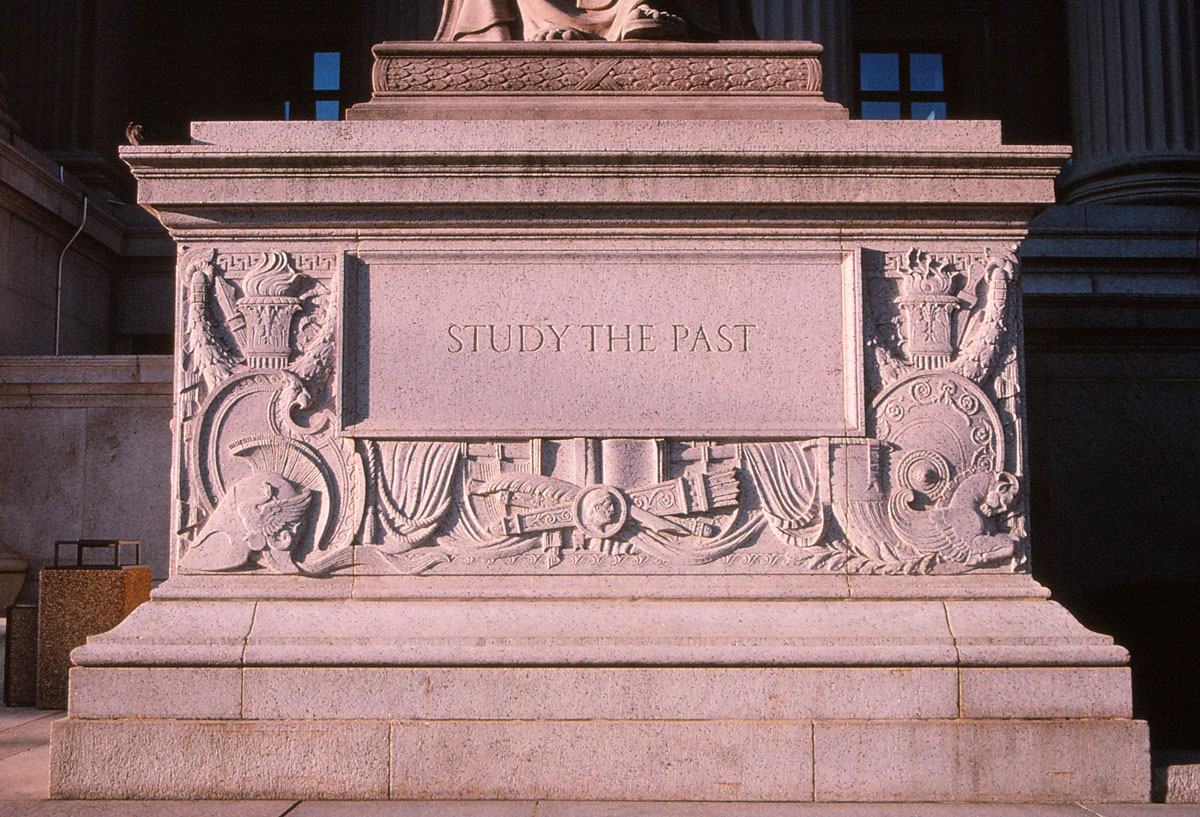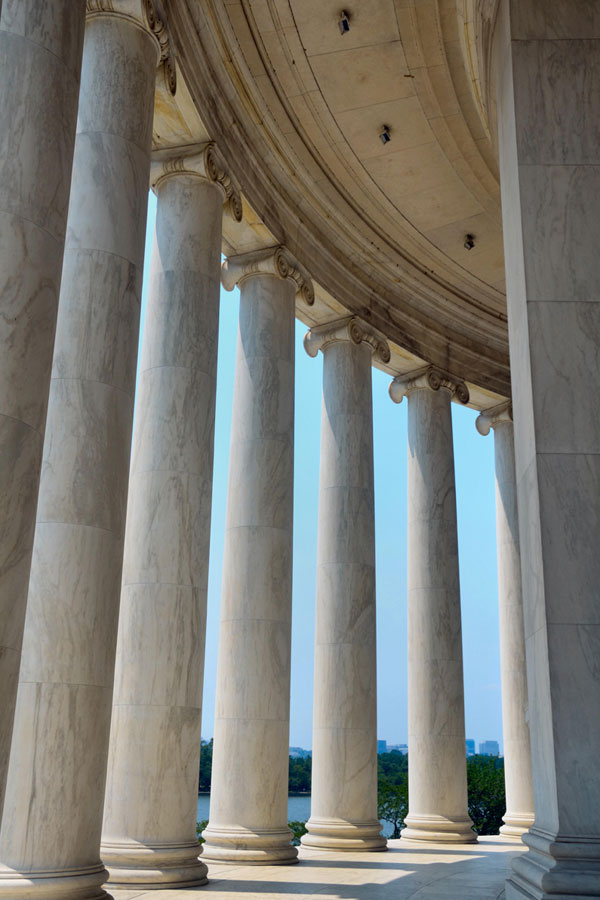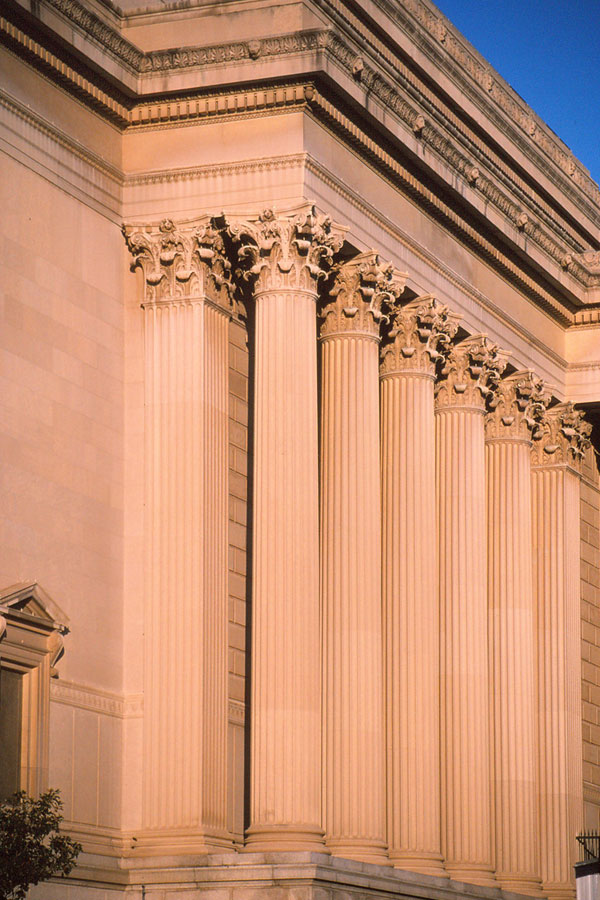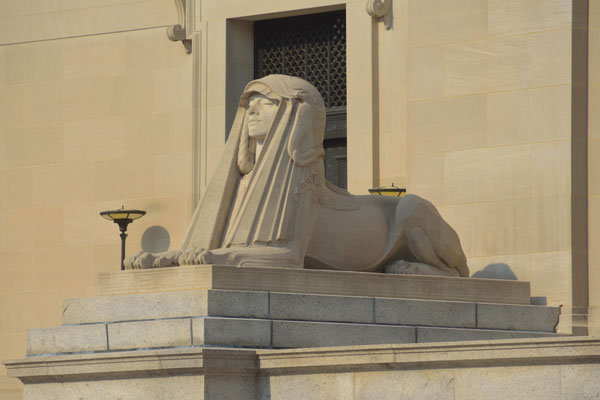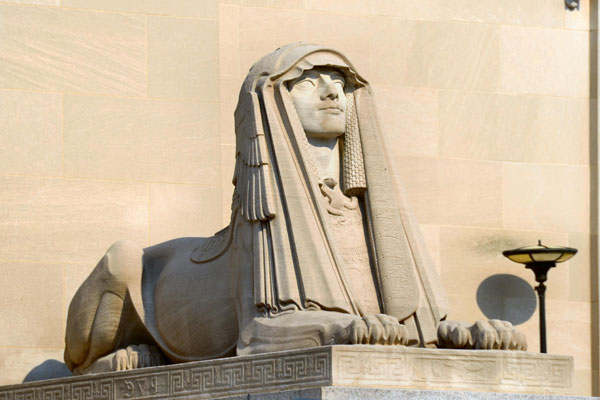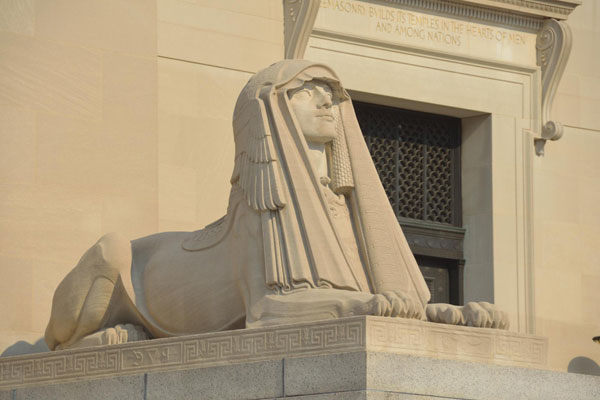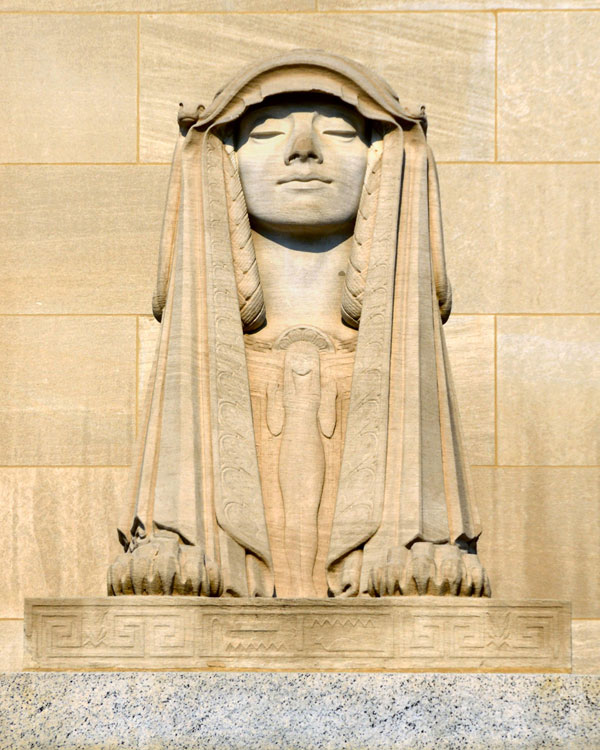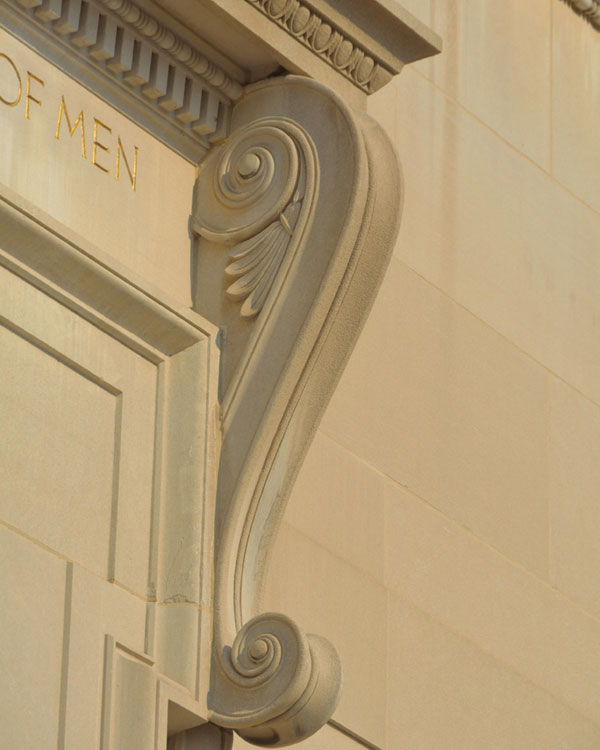My Kind of Town: Washington DC
In the early 1990s, Washington DC was not just the capital, but also the murder capital, of the United States. Despite this, I found it a surprisingly enjoyable place to live, when I spent the year out before my diploma there, working for the eminent classical architect Allan Greenberg.
I lived in a neighbourhood called Mount Pleasant, which is on the edge of the prosperous North West quarter between 16th Street and North Creek Park. Though pretty, it was quite a violent area, which had experienced riots the year before. I was completely oblivious to this when signing the tenancy agreement on a charming 1920s Queen Anne-style terraced house, which I shared with two strangers, but never felt any danger. My housemates and I used to play an improvised version of fives in a nearby parking lot, which I wouldn't have considered had I felt threatened.
The same Neo-Queen Anne terrace houses continue down the road in Adams Morgan, a district much like London's Camden Town. Some were painted bright colours and a few had vast murals across their facades. It is full of bars and restaurants, with influences from all over the world, reflecting the diverse ethnic population. I remember going to lots of Ethiopian restaurants and Club Heaven and Hell, a nightclub in a scruffy terraced house, with only a half-hearted attempt to convert it into its new function.
My route to work took me south-west from Adams Morgan to Dupont Circle, a traffic island where Massachusetts and Connecticut Avenues dive underground, making the junction relatively free of traffic. Dupont Circle is in effect a small urban park, with a Beaux Arts fountain in the middle and chess tables around the edge. Overlooking the circle is the Patterson Mansion, a glorious Italianate house designed by Stanford White in 1903, and the sole relic of the extravagant residences of earlier eras. Dupont Circle has the Bohemian charm of Adams Morgan while being slightly more upmarket. It made a pleasant place to spend my lunch breaks.
A mile or so south of Dupont Circle you come to the Mall, the sacred heart of both American government and the city itself, and an architectural statement of power in the manner of Versailles. The Mall is a vast park centred on the Washington Monument. The White House and the Jefferson Memorial terminate the north-south axis, while the Capitol and the Lincoln Memorial mark the ends of the much longer east-west axis. A huge perfectly rectangular lake runs down the middle and the Potomac River cuts into the south side, making the Jefferson Memorial seem like an island. Meanwhile the north side is lined with massive classical temples, housing various museums and government institutions.
Recently, watching the opening credits of 'House of Cards', I was reminded of the sheer beauty of Washington's classical monuments, sitting within a relatively modest low-rise urban setting. The juxtaposition is most clearly seen on 16th Street, where an edgy urban environment - more suitable for a Quentin Tarantino film - surrounds a full-size replica of the Mausoleum of Halicarnassus. It is an unlikely location for one of the seven wonders of the world, but works in its own way. I remain intrigued by the surreal combination of small-town America with the crushing grandeur of classical temples to political power.
Although Washington has its problems, it displays many of the qualities of good urbanism. Restrictions on building heights mean that the Capitol, unlike St Paul's, is not dwarfed by skyscrapers, and the urban grain creates a backdrop against which the classical monuments can shine. I believe that a good city should be densely populated without resorting to skyscrapers, and this was my approach for the Royal Mail site at London's Mount Pleasant, where we achieved a similar density to a high-rise proposal using medium rise mansion blocks on a network of streets. Seeing all the towers being built in our capital, I feel that it is unfortunate that London does not have the same legislation as Washington. It would make a better city.
Francis Terry
(Published in Architecture Today, September 2016. Photos by Tom Noble)
